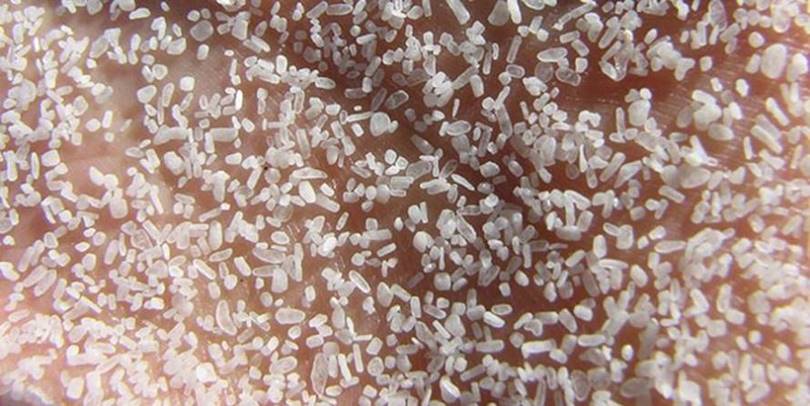Chihuahuan Desert
The area with plastered, whitewashed dunes covers about 712 square kilometers, with some of them reaching a height of 18 meters.
About 40% of dunes are protected as they are located within the National Monument established in the early 20th century. The remaining 60% is within the United States military space, and access to the public is limited.
Although gypsum is one of the most common minerals found on Earth, it is rarely found on its surface.
First Photo — Flickr
With the high temperature of the desert, fine plaster sand was transferred from the solid western winds, and massive white dunes were created. The average annual temperature in the desert varies from about 13 to 22 °C (55 to 72 °F)
Geologists define sand as any substance consisting of a mineral with a diameter of between 0.065 and 2 mm. Most of the sand on the Earth consists of quartz. However, New Mexico's white dunes comprised of 98% pure gypsum sand.
The areas between the dunes in the white desert are an exciting environment for the wildlife and flora that grows there, as more than 300 plants can be found.
Plants that survive on this alkaline soil, with inadequate nutrients, must be able to adapt and endure high levels of salt in the ground, drought, and freezing temperatures of -38 degrees Celsius.
Today, over 500,000 visitors each year go to the white desert to explore and experience this unique natural wonder.











No comments:
Post a Comment